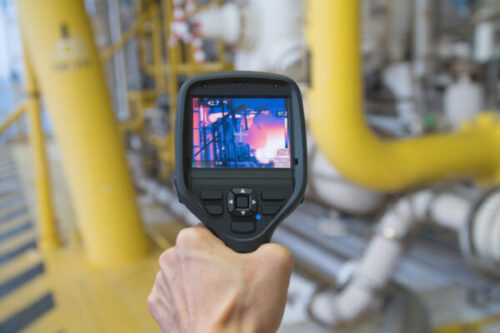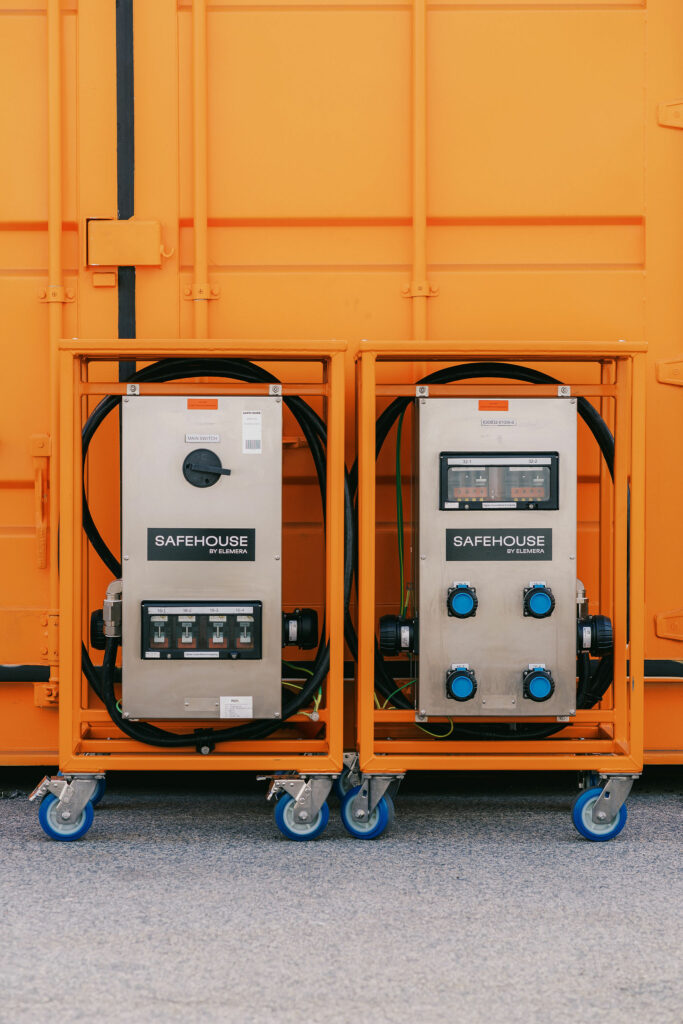An Unbiased View of Roar Solutions
An Unbiased View of Roar Solutions
Blog Article
Roar Solutions Fundamentals Explained
Table of ContentsRoar Solutions Can Be Fun For EveryoneThe Buzz on Roar SolutionsRumored Buzz on Roar Solutions
In order to protect installations from a prospective explosion an approach of evaluating and identifying a possibly dangerous area is required. The function of this is to ensure the correct option and installment of tools to eventually prevent an explosion and to ensure safety of life.
(https://www.40billion.com/profile/91601565)
No devices ought to be installed where the surface temperature of the equipment is higher than the ignition temperature of the given threat. Below are some typical dirt dangerous and their minimal ignition temperature level. Coal Dirt 380C 225C Polythene 420C (melts) Methyl Cellulose 420C 320C Starch 460C 435C Flour 490C 340C Sugar 490C 460C Grain Dirt 510C 300C Phenolic Material 530C > 450C Aluminium 590C > 450C PVC 700C > 450C Residue 810C 570C The chance of the danger being present in a focus high adequate to trigger an ignition will certainly vary from location to location.
In order to classify this danger a setup is separated into areas of risk relying on the amount of time the harmful is existing. These areas are referred to as Areas. For gases and vapours and dirts and fibres there are 3 areas. Area 0 Zone 20 An unsafe environment is very likely to be present and may be present for extended periods of time (> 1000 hours each year) or perhaps continuously Area 1 Area 21 An unsafe environment is possible however unlikely to be present for lengthy durations of time (> 10 450 C [842 F] A category of T6 suggests the minimum ignition temperature is > 85 C [185 F] Harmful location electric tools possibly designed for usage in greater ambient temperature levels. This would suggested on the rating plate e.g. EExe II C T3 Ta + 60C( This suggests at 60C ambient T3 will not be surpassed) T1 T1, T2, T3, T4, T5, T6 T2 T2, T3, T4, T5, T6 T3 T3, T4, T5, T6 T4 T4, T5, T6 T5 T5, T6 T6 T6 A T Class ranking of T1 indicates the optimum surface area temperature generated by the instrument at 40 C is 450 C. Presuming the connected T Class and Temperature level rating for the equipment are suitable for the area, you can always use a tool with a much more strict Division rating than required for the area. There isn't a clear solution to this concern unfortunately. It truly does depend upon the sort of tools and what repairs require to be executed. Devices with specific test treatments that can not be performed in the area in order to achieve/maintain 3rd event score. Need to come back to the manufacturing facility if it is prior to the devices's service. Area Repair By Authorised Worker: Challenging testing may not be needed nevertheless certain treatments may need to be complied with in order for the equipment to maintain its third celebration score. Authorized personnel have to be employed to execute the work appropriately Repair work must be a like for like replacement. New component must be taken into consideration as a straight replacement requiring no special testing of the tools after the repair work is complete. Each tool with a harmful rating should be evaluated independently. These are laid out at a high level below, however for more detailed details, please refer straight to the guidelines.
Not known Factual Statements About Roar Solutions
The tools register is a detailed database of devices records that includes a minimum collection of fields to identify each product's location, technical criteria, Ex lover category, age, and environmental data. The proportion of Comprehensive to Close assessments will certainly be figured out by the Equipment Risk, which is assessed based on ignition risk (the probability of a resource of ignition versus the likelihood of a flammable environment )and the hazardous area category
( Zone 0, 1, or 2). Carrying out a robust Risk-Based Examination( RBI )approach is important for making sure conformity and security in taking care of Electric Devices in Hazardous Locations( EEHA).
More About Roar Solutions

In regards to eruptive risk, an unsafe location is a setting in which an eruptive ambience exists (or may be expected to be present) in amounts that call for special safety measures for the building, installation and use tools. Roar Training Solutions. In this write-up we check out the obstacles faced in the work environment, the threat control measures, and the needed competencies to function safely
It issues of modern-day life that we manufacture, save or deal with a variety of gases or fluids that are regarded combustible, and a variety of dirts that are considered flammable. These compounds can, in specific conditions, form explosive environments and these can have significant and terrible repercussions. The majority of us know with the fire triangular eliminate any type of one of the 3 aspects and the fire can not take place, however what does this mean in the context of harmful locations? When breaking this down right into its easiest terms it is basically: a combination of a particular quantity of release or leakage of a particular substance or product, blending with ambient oxygen, and the visibility of a resource of ignition.
In most instances, we can do little regarding the levels of oxygen in the air, however we can have significant impact on sources of ignition, for instance electric tools. Harmful areas are documented on the hazardous location category illustration and are determined on-site by the triangular "EX-SPOUSE" sign. Below, among other key info, zones are divided into 3 types depending on the danger, the likelihood and period from this source that an eruptive atmosphere will exist; Area 0 or 20 is regarded the most hazardous and Zone 2 or 22 is deemed the least.
Report this page